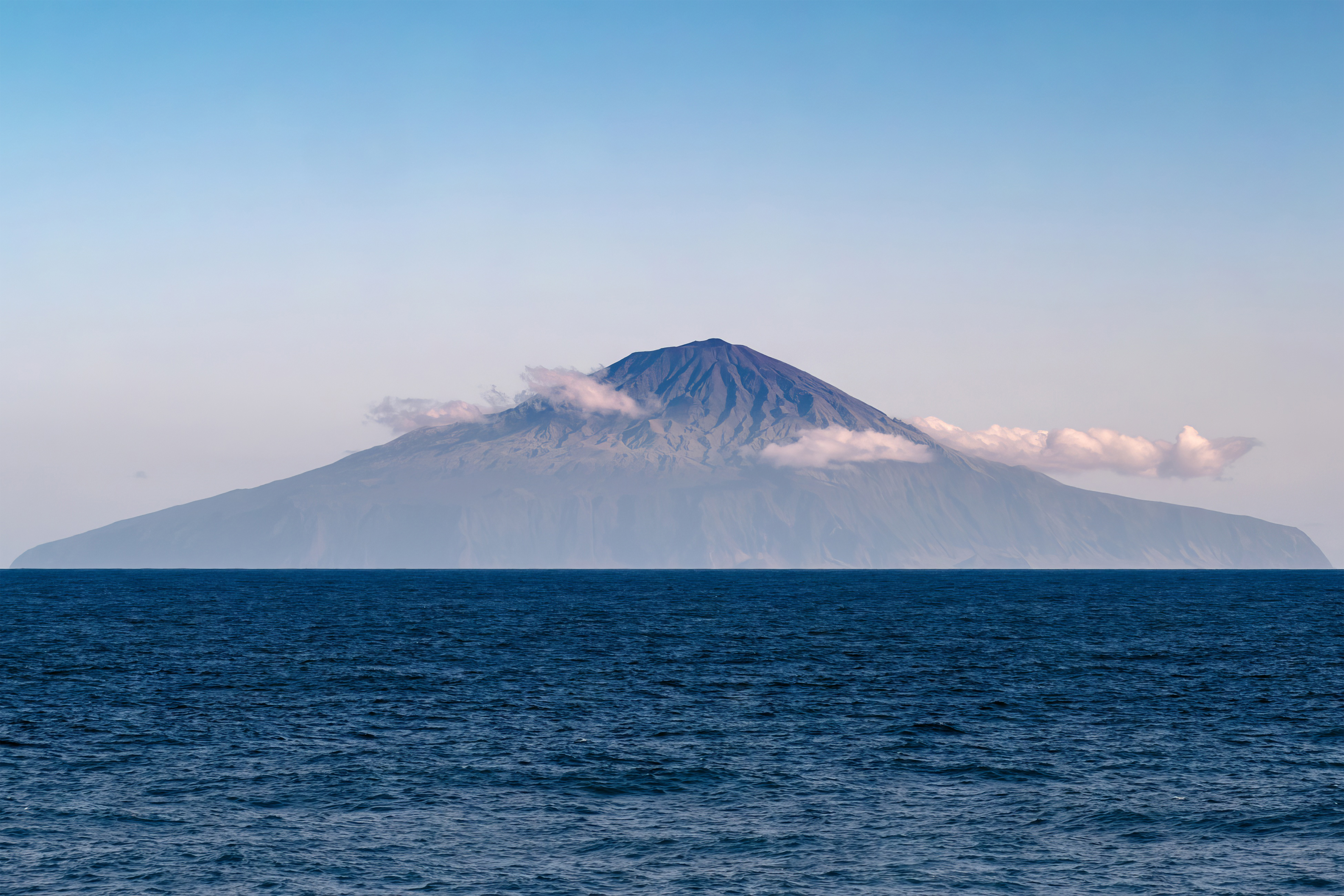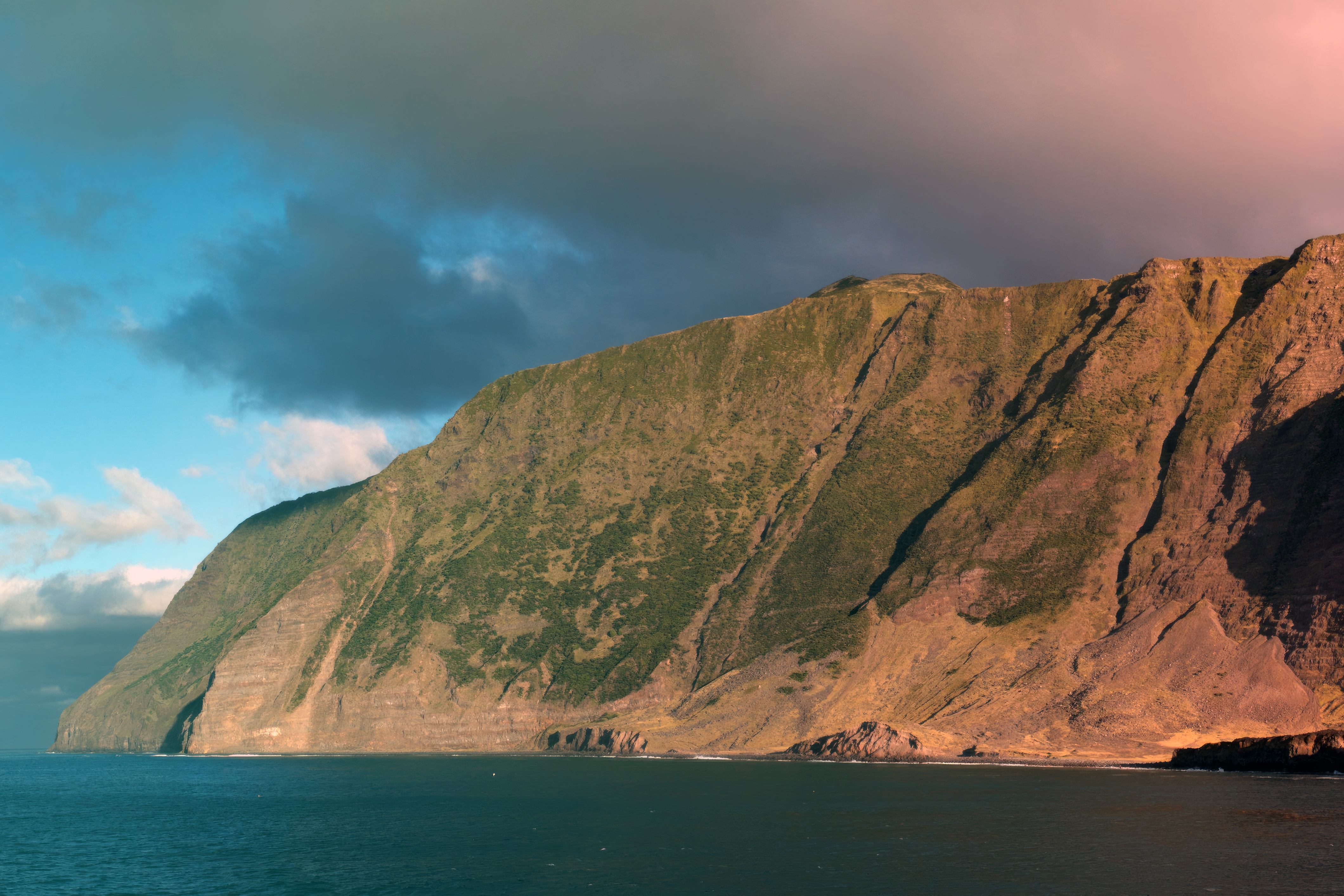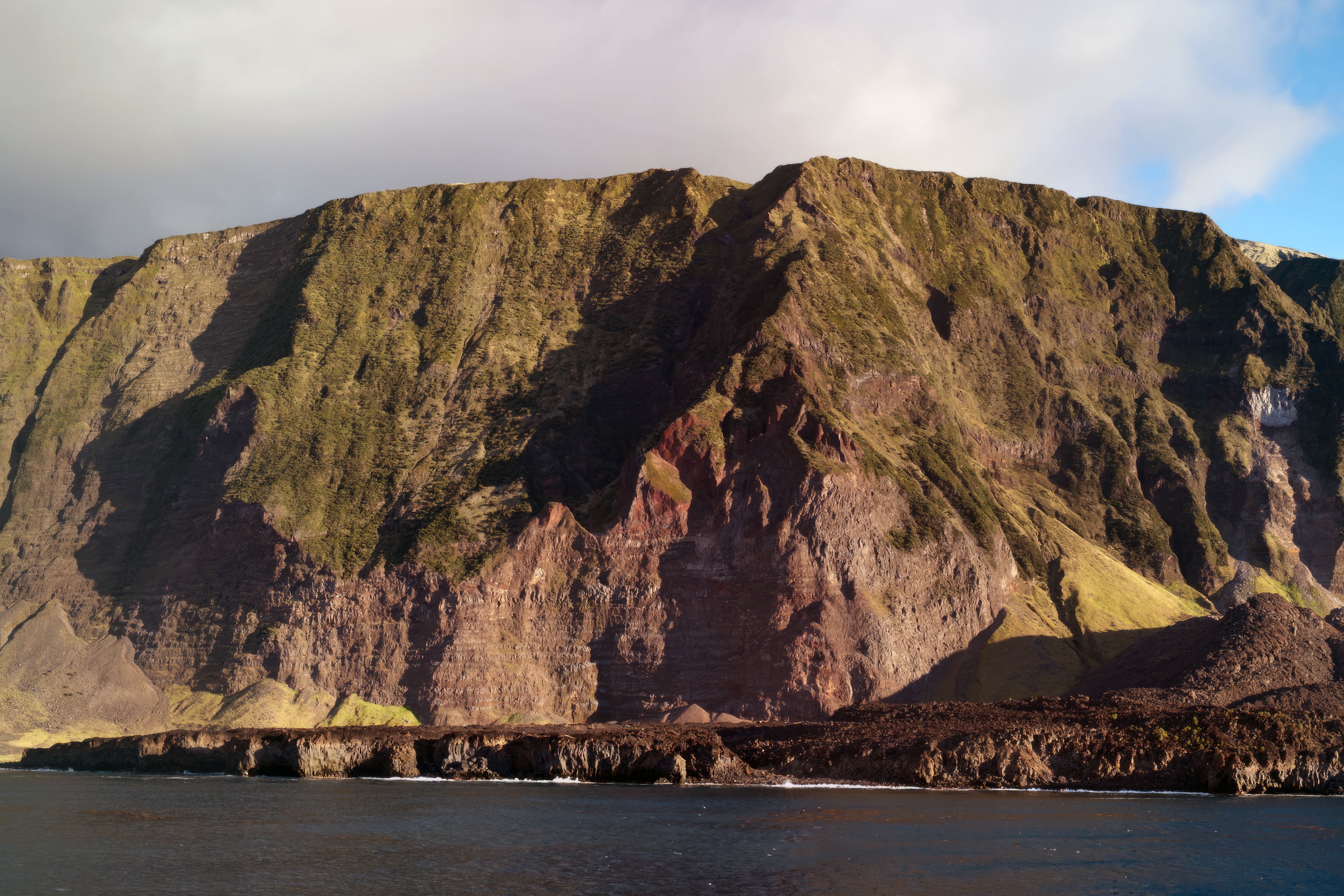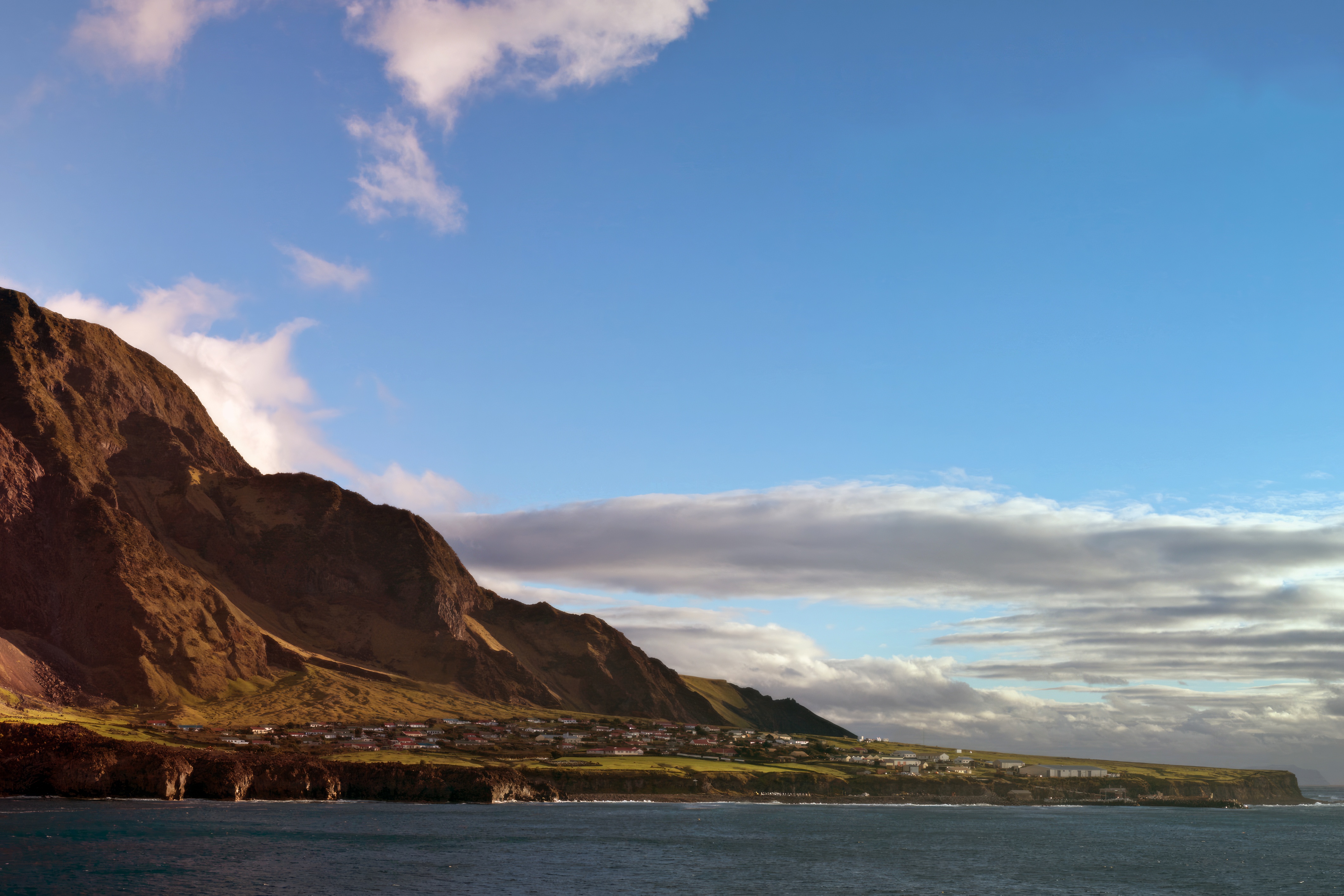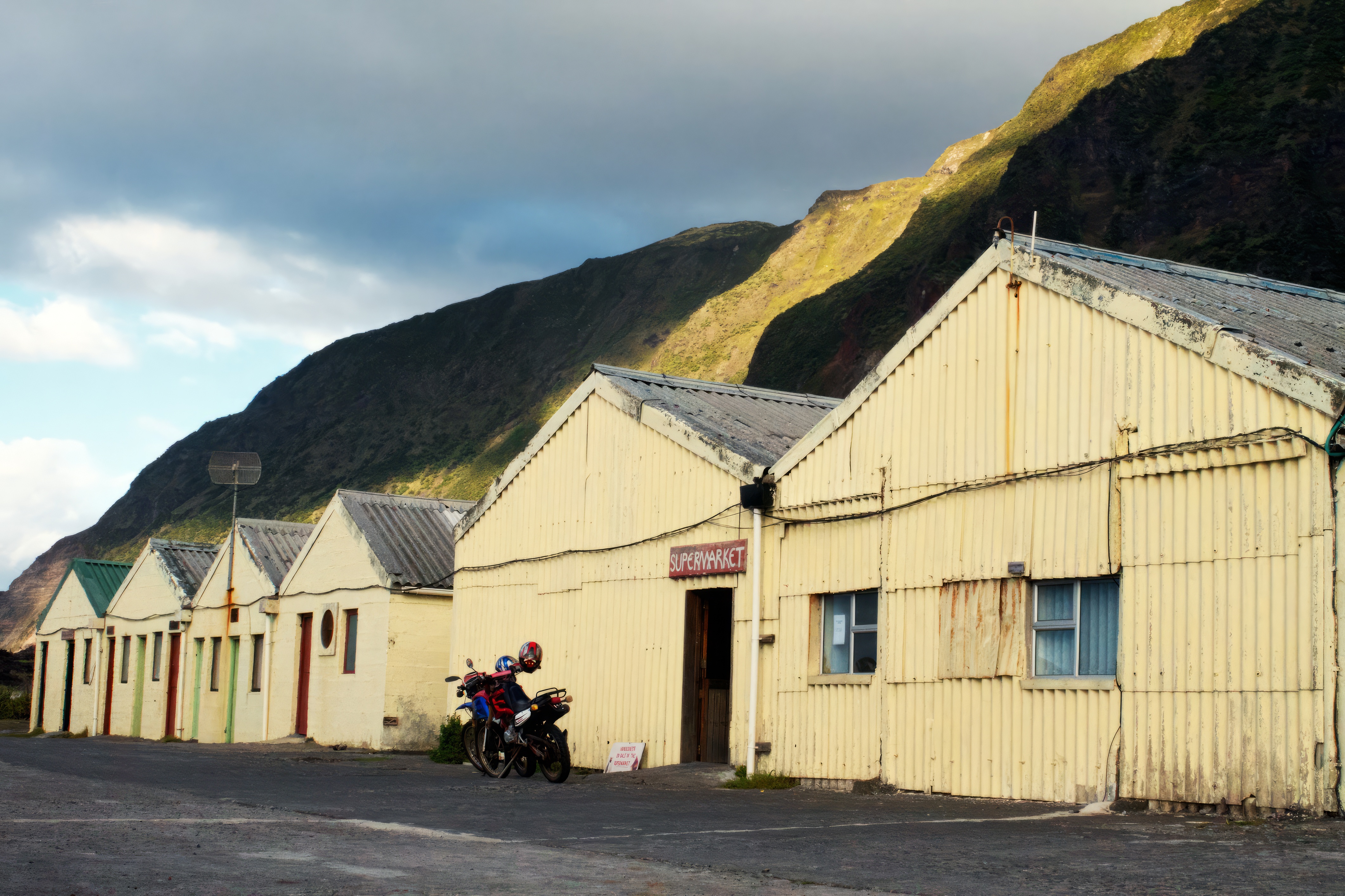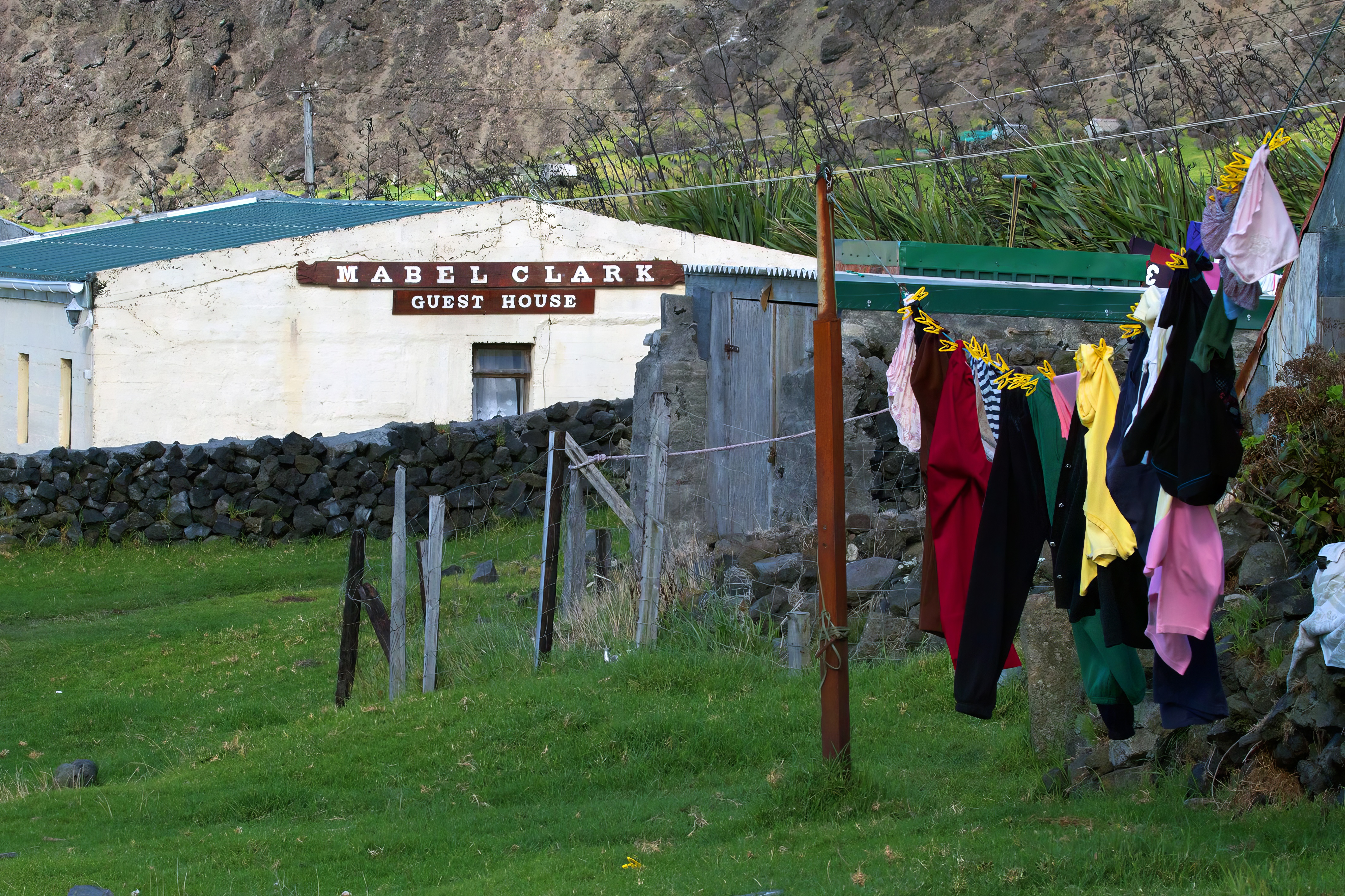In the vast expanse of the Atlantic Ocean, over 2,400 kilometers from the nearest continental land, lies an island so remote and unique that it seems like a fragment of a forgotten world. Tristan da Cunha, a name that evokes mystery and isolation, is more than just a geographical entity; it's a journey into the heart of nature's unspoiled beauty and human resilience.
A Speck in the Vast Ocean
Tristan da Cunha is not just an island; it's an archipelago consisting of the main island and several uninhabited ones, including Inaccessible Island and Nightingale Islands. The main island, Tristan da Cunha, is part of a British Overseas Territory, along with Saint Helena and Ascension Island. However, what makes it truly remarkable is its title as the most remote inhabited archipelago in the world.
The Volcanic Origins
The island was born out of volcanic activity, a fiery genesis that has shaped not only its rugged landscape but also the life around it. The most recent volcanic eruption in 1961 is a testament to the island's dynamic and ever-changing environment. The central volcano, Queen Mary's Peak, rises majestically to 2,062 meters, often shrouded in mist, adding to the island's mystique.
An Exotic Ecosystem
Tristan da Cunha's isolation has nurtured a unique biosphere. The island is home to various seabird species, including the Northern Rockhopper Penguin, which has found a safe haven here. The waters around the island teem with diverse marine life, making it a paradise for biologists and nature enthusiasts alike.
A Self-Sufficient Community
Approximately 250 people reside in Edinburgh of the Seven Seas, the only settlement on the island. This small community, primarily of British, Italian, and Dutch descent, is known for its self-sufficiency. With no airport, the island is accessible only by a six-day boat trip from South Africa, meaning that the inhabitants rely on their resourcefulness. The economy is primarily driven by fishing, particularly the highly-prized Tristan Rock Lobster, agriculture, and the sale of their unique postage stamps to collectors worldwide.
The Uniqueness of Isolation
Life on Tristan da Cunha is a throwback to a simpler time. The absence of a bustling cityscape, the lack of widespread internet, and the close-knit community life contribute to a sense of tranquility that is hard to find in the modern world. Their unique dialect, a blend of archaic English and various other influences, is a linguistic treasure, a testament to their historical journey.
The Challenge of Conservation
Tristan da Cunha's isolation also presents significant conservation challenges. The community is deeply committed to preserving its unique environment. In 2020, the Tristan da Cunha government declared a marine protection zone covering over 687,000 square kilometers, making it one of the world's largest no-take marine reserves.
A Beacon of Human Resilience
Perhaps the most striking aspect of Tristan da Cunha is the resilience of its inhabitants. Faced with challenges such as extreme weather, geographical isolation, and limited resources, the Tristanians have cultivated a strong sense of community and a deep bond with their land. Their adaptability and persistence are a remarkable human story, embodying the indomitable spirit of survival and communal harmony.
Tristan da Cunha is not just an island; it's a symbol of the extraordinary. It represents the allure of the unknown, the beauty of isolation, and the resilience of the human spirit. For the intrepid traveler, environmentalist, or anyone fascinated by the extremes of human existence, Tristan da Cunha stands as a beacon, a reminder of the exotic and untamed corners of our world that continue to captivate and inspire.
